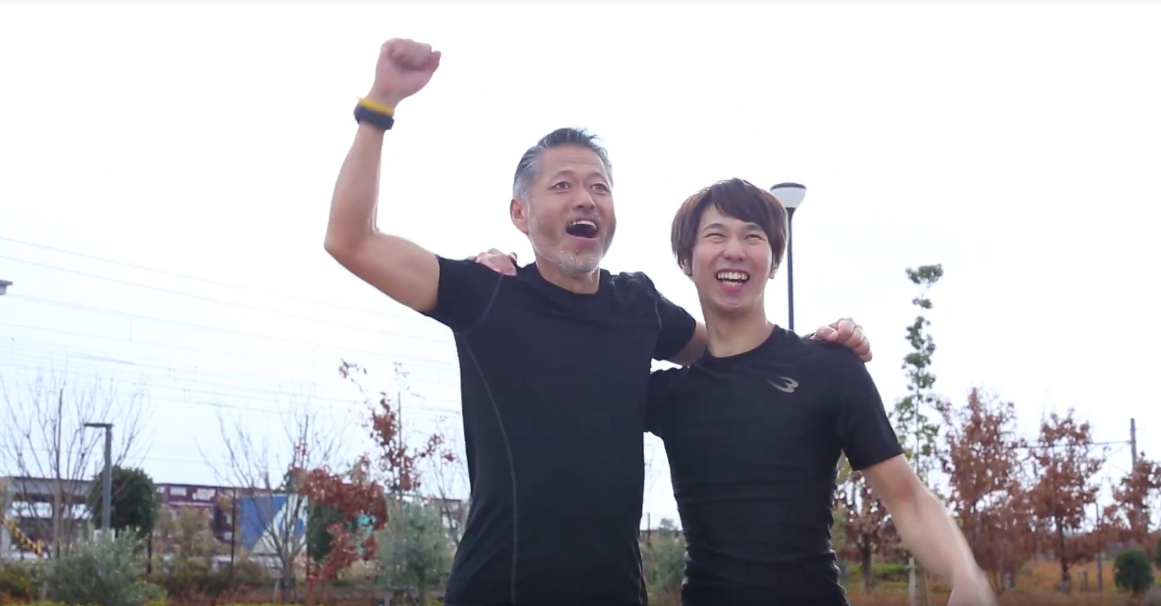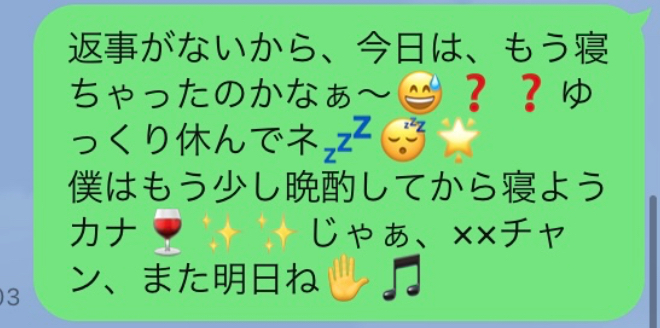Video Origin: Official YouTube Channel of Doshisha Women’s College of Liberal ArtsLink: https://www.youtube.com/watch?v=bCRAbOc66FU&authuser=1
Translators’ names: Lauren and Jennifer
The Japanese script and the English translation
お父さん、頑張れ!
Do your best, Dad!
行こうよ~
Let’s go!
一緒に走ろうよ~
Let’s run together!
パパはパパじゃん!
You’re still my Dad!
*Song begins*
行こう
Let’s go!
希望をみて、明日へと
Look towards tomorrow with hope
君だけの道、一人じゃないから。
Because you are not alone on this journey.
頑張れ!
Do your best!
*Written on the screen in a drawing the son made*
「パパはぼくのヒーローです。」
Dad is my hero.
AC Japan!
About the video (the gist of the video)
(Jennifer)The video is about a family with a disabled dad who does races. When his son was younger, the father didn’t want to do running anymore but his son wanted to be like his father and run. When the father sees this the video jumps to the present and the dad and son are both racing together and cheering each other.
(Lauren) The video is about the relationship between a boy and his father, who has a prosthesis on one leg. When the video opens, you see the father preparing to race while his adult son cheers him on. In a flashback, the father sits despondently while his son as a child begs him to run with him. In an emotional moment, the son blurts out:「パパはパパじゃん!」 “You’re still my Dad!” In the present, the son and the dad cheer each other on.
Intended audience
(Jennifer)The intended audience are the Japanese people. The video was made to bring awareness to people who may not know about the Paralympics but know about the Olympics coming up next year. Since the Paralympics don’t get much attention as the Olympics this video was made to promote the event and get people to look out for it. The audience is given a view of a family of a son with a disabled father and they get to see the strength of their relationship and the support within the family.
(Lauren) After watching the video, I feel that there are two sets of intended audiences. The first, which the creators mentioned in our interview with them, are everyday people who may be excited about the upcoming Tokyo 2020 Olympics, but might forget that the Paralympics will also be happening. In this way, the video attempts to bring recognition to the athletes and other members of the Paralympic community. The second group this video appears to be intended for is people who have experienced debilitating injuries or illnesses. The video’s message of hope and perseverance is very powerful.
Challenges when translating the video clip, solutions and the rationales
(Lauren) Translating the song was the hardest part for me, because the grammar was very different from normal Japanese. We also were a little unsure about the Japanese transliteration, so we asked the creators of the video. They were able to give us the exact lyrics, and from there we came up with several translations and picked the one we liked the best.
(Jennifer)For me what was challenging was using my listening skills to make sense of the video. There were times when I had to replay the video to get the words right and make sure that the words matched what was going on in the video. When we shared what we had, and found we had different transcriptions we put the one that fit the most. For example we had different Japanese translations for the “let’s go” part and we just chose the one that made more sense so we left it at “行こうよ.”
Where the most creativity was applied
(Lauren) In the song, the lyric 「君だけの道、一人じゃないから」has odd grammar in Japanese, so it was rather difficult to translate it into English. Originally I had “Because it’s not your road alone” but that sounded awkward and hard to understand in English, so after talking it over together, we settled on “Because you are not alone on this journey” which sounded a little more poetic and easier to understand in English, even if it wasn’t a direct translation from Japanese.
(Jennifer)The part where we had to be creative was for the part of the song for the second line. We both understood the line and what it meant but we had trouble writing a sentence that fit the meaning. Lauren had some ideas written down so we talked it out and found possible ways to transcribe the song to make it sound good and finally came up with “you are not alone in this journey.”
Advice for students who are interested in translating videos
(Lauren) Write out the words you hear in Japanese first – this is called transliteration. If you aren’t sure exactly what the word is, try slowing down the video to listen closely. Be really careful about long vowels – if someone is speaking fast, sometimes one word can sound much like another. After writing down the transliteration, if there are any words you don’t understand, look them up! Be careful about homonyms – Japanese has a lot of them. Just choose the translation that makes the most sense from context. Finally, translate one line at a time. At the end, go over everything and make sure that the text flows nicely and captures the same tone as the Japanese version.
(Jennifer)I think some of the struggles I faced were just with listening skills and getting the words being said right. Some words have different ways of pronouncing them like, 行こう can be said ikou or yukou or 明日 can be ashita or asu but still have the same meaning. So just being mindful of that will help in making sense of what is being said.
Overall experience and thoughts on translation
(Lauren) I really enjoyed translating this video! It had a great message, and although there were some difficult parts, I’m happy with the translation we arrived at. Before this class, I had never translated more than a sentence or two, so this was a new experience for me! I’m looking forward to translating more things in the future!
(Jennifer) I’ve never thought about translating a video so this translation project has been a nice experience and has been a good introduction to do that. It was definitely hard but a great experience.
How interviewing the creators influenced the translation process? How did you reflect their comments when revising your draft?
(Lauren) When we interviewed the creators, our biggest question was about the song lyrics. We learned that the middle part of the song was「希望をみて、明日へと」which enabled us to attempt to translate it into English. We also asked some questions about why they created the video and how they would like to see it translated. Their answers were very enlightening, and fortunately we felt that our translation captured most of their intentions.
(Jennifer) Talking to the creators was definitely helpful in understanding their vision for the video. It helped make sure that what we had so far was good with them. So making sure the translation of the song was good was important because the meaning of the song adds to the message of the video.


